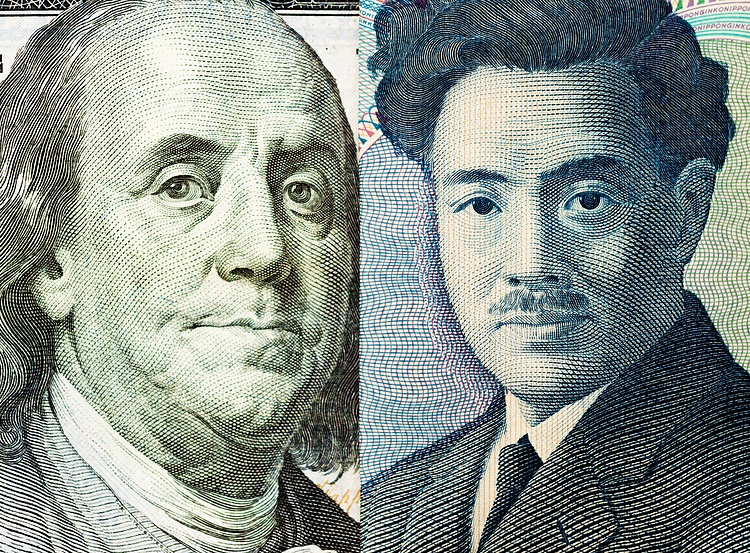The Japanese Yen (JPY) saw an uptick in value against the US Dollar (USD) as the Japanese government announced plans to allocate ¥989 billion for energy subsidies. However, the JPY faced challenges due to weak Japanese manufacturing data, sparking speculation that the Bank of Japan (BoJ) might delay further rate hikes. Meanwhile, the USD was supported by improving Treasury yields.
Concerns over rising energy costs and cost-of-living pressures have led Japan to introduce energy subsidies, potentially contributing to inflation. The BoJ’s hawkish monetary policy stance has been strengthened by a recent rise in Tokyo’s inflation, along with Japanese companies reporting increased capital spending for the second quarter. This government intervention could impact the JPY’s value in the coming days.
The USD/JPY pair may see limited downside as the US Dollar strengthens, driven by improving Treasury yields. Traders will closely monitor upcoming US employment data, particularly the August Nonfarm Payrolls (NFP), for insights into potential Fed rate cuts. The focus on economic indicators and central bank policies will play a significant role in determining the future direction of the USD/JPY exchange rate.
The US Bureau of Economic Analysis reported mixed results for the Personal Consumption Expenditures (PCE) Price Index, with a 2.5% year-over-year increase in July falling slightly below expectations. Tokyo’s Consumer Price Index rose to 2.6% year-on-year in August, while Japan’s Unemployment Rate unexpectedly climbed to 2.7% in July, marking the highest rate since 2023. Federal Reserve Bank of Atlanta President Raphael Bostic hinted at possible rate cuts due to cooling inflation and rising unemployment.
Technical analysis shows the USD/JPY pair testing the 21-day Exponential Moving Average (EMA) resistance near 147.00. The bearish trend is indicated by the 14-day Relative Strength Index (RSI) remaining below 50. Support levels for the pair are around 145.91 and 141.69, while key resistance levels are at 146.97 and 150.00.
The Japanese Yen was the strongest against the Australian Dollar in the latest trading session, according to the percentage changes against major currencies. The Yen’s value is affected by various factors, including the performance of the Japanese economy, Bank of Japan policies, and risk sentiment among traders. The Yen’s status as a safe-haven investment during market stress can also impact its value against other currencies.
In conclusion, the Japanese Yen has experienced fluctuations in value against the US Dollar amid government interventions in response to energy subsidies and cost-of-living pressures. Factors such as central bank policies, economic indicators, and market sentiment will continue to influence the USD/JPY exchange rate. Traders will closely monitor upcoming economic data and central bank statements for further insights into potential rate cuts and market trends.































